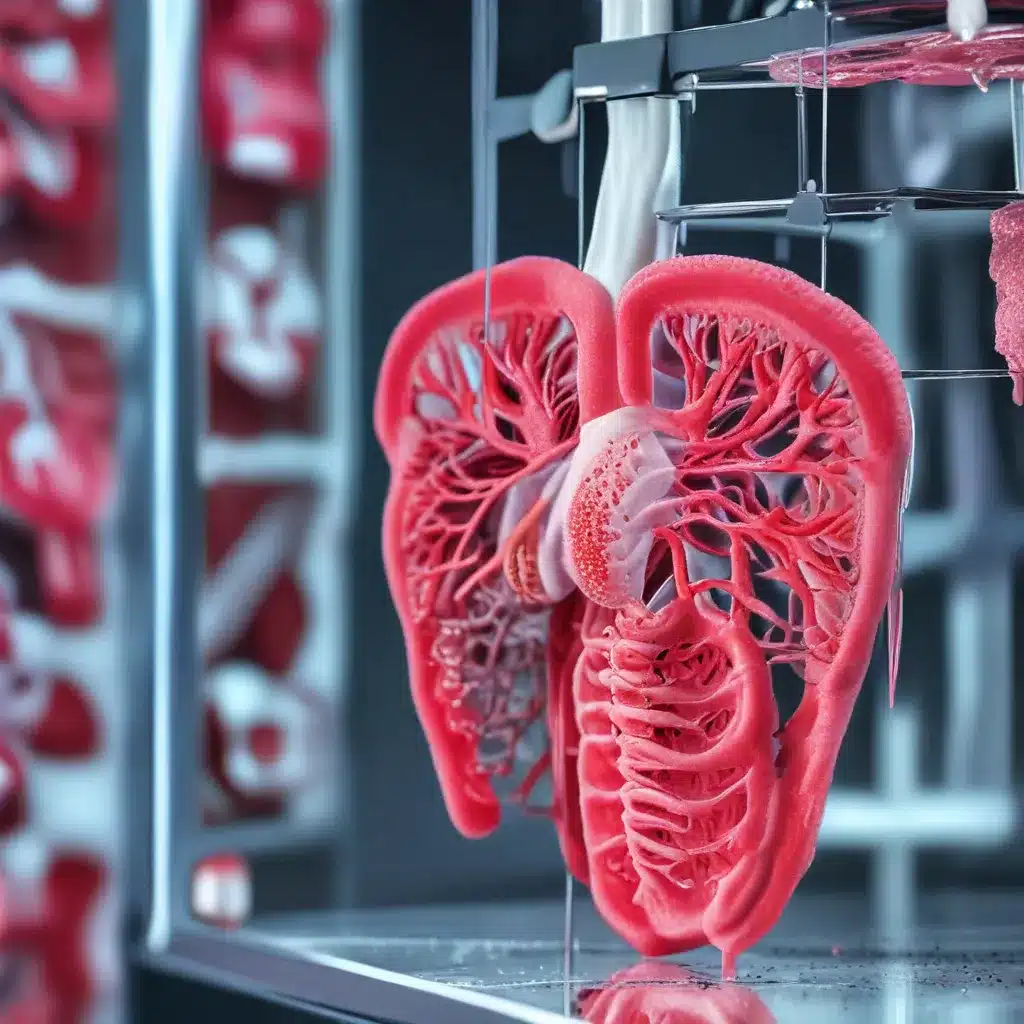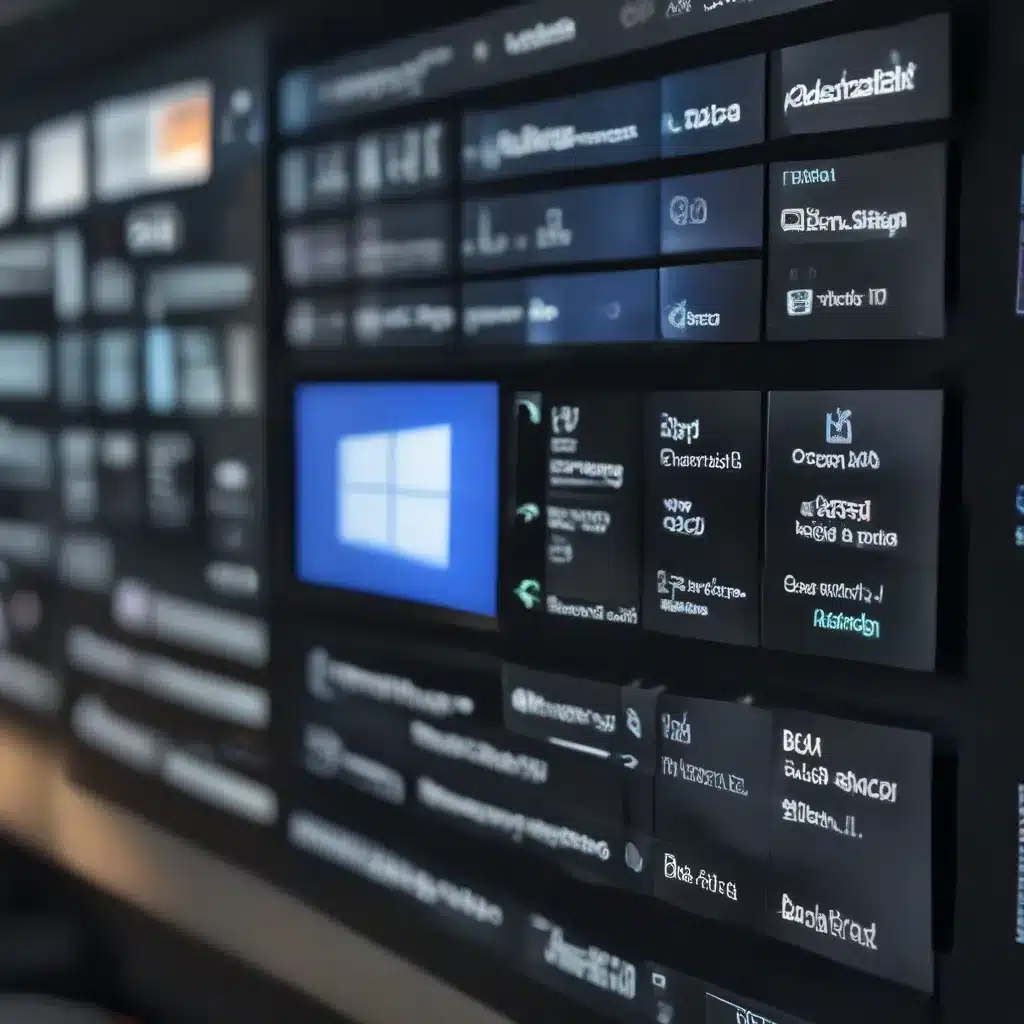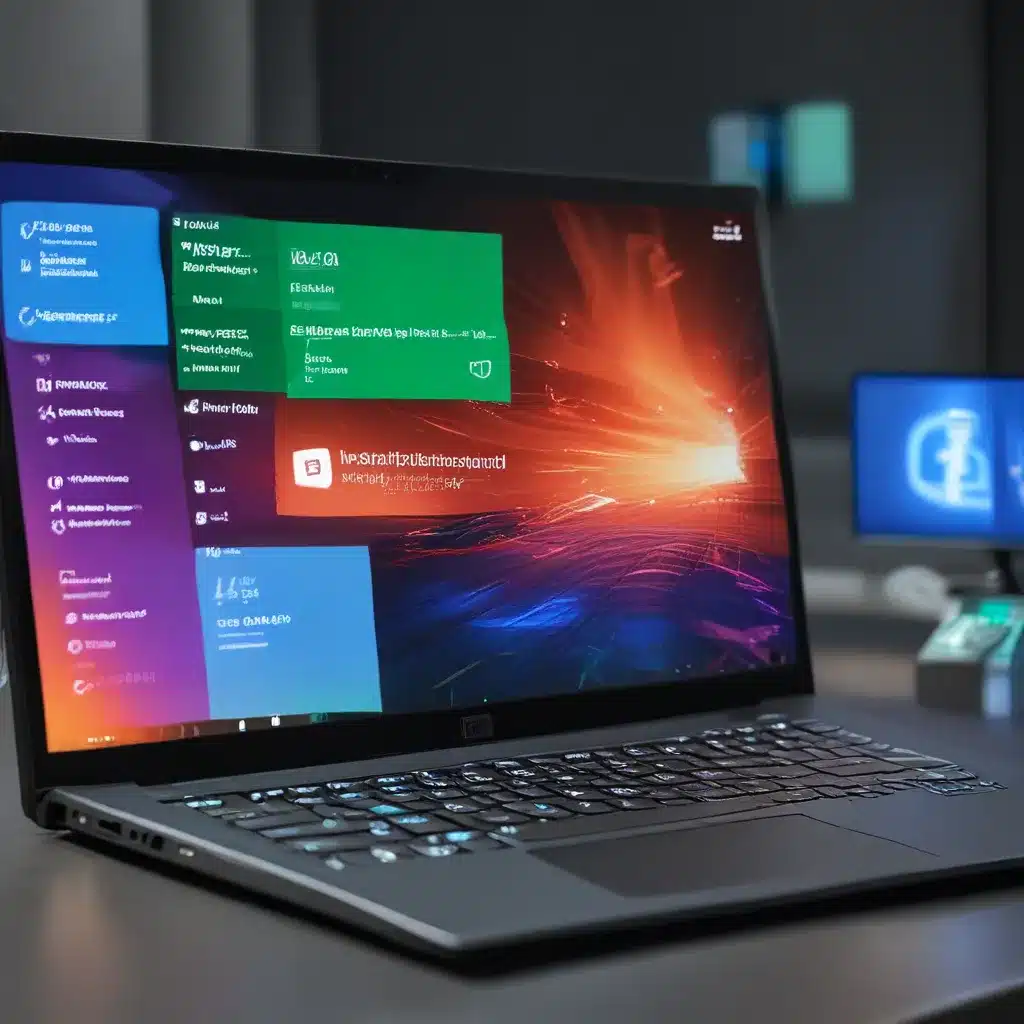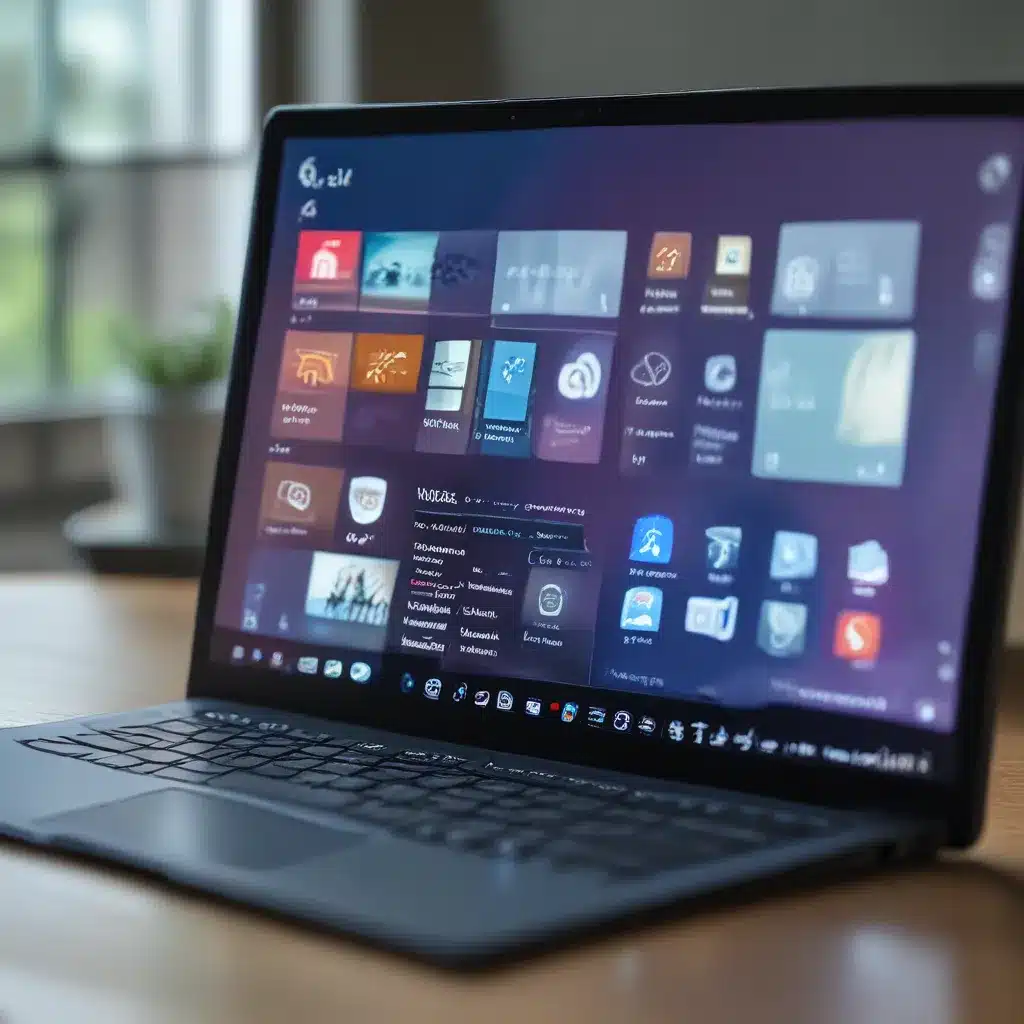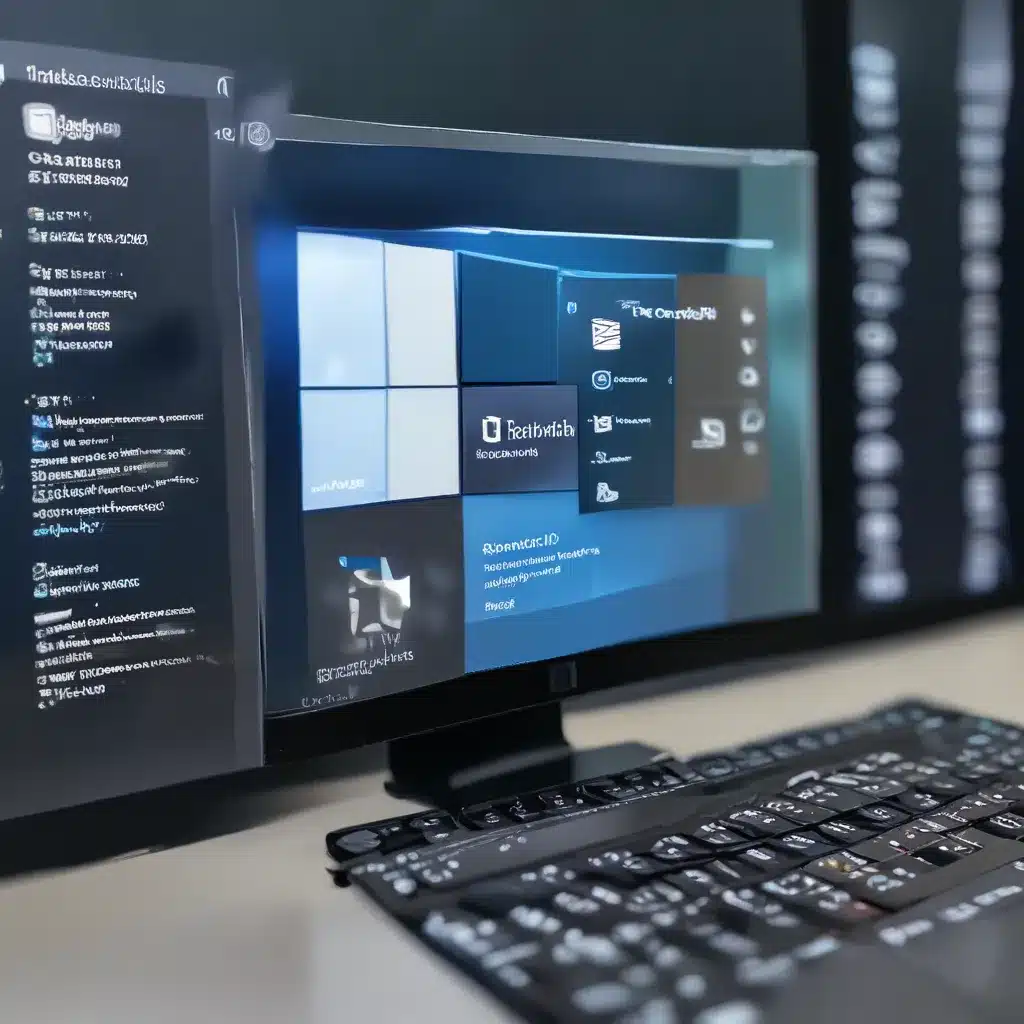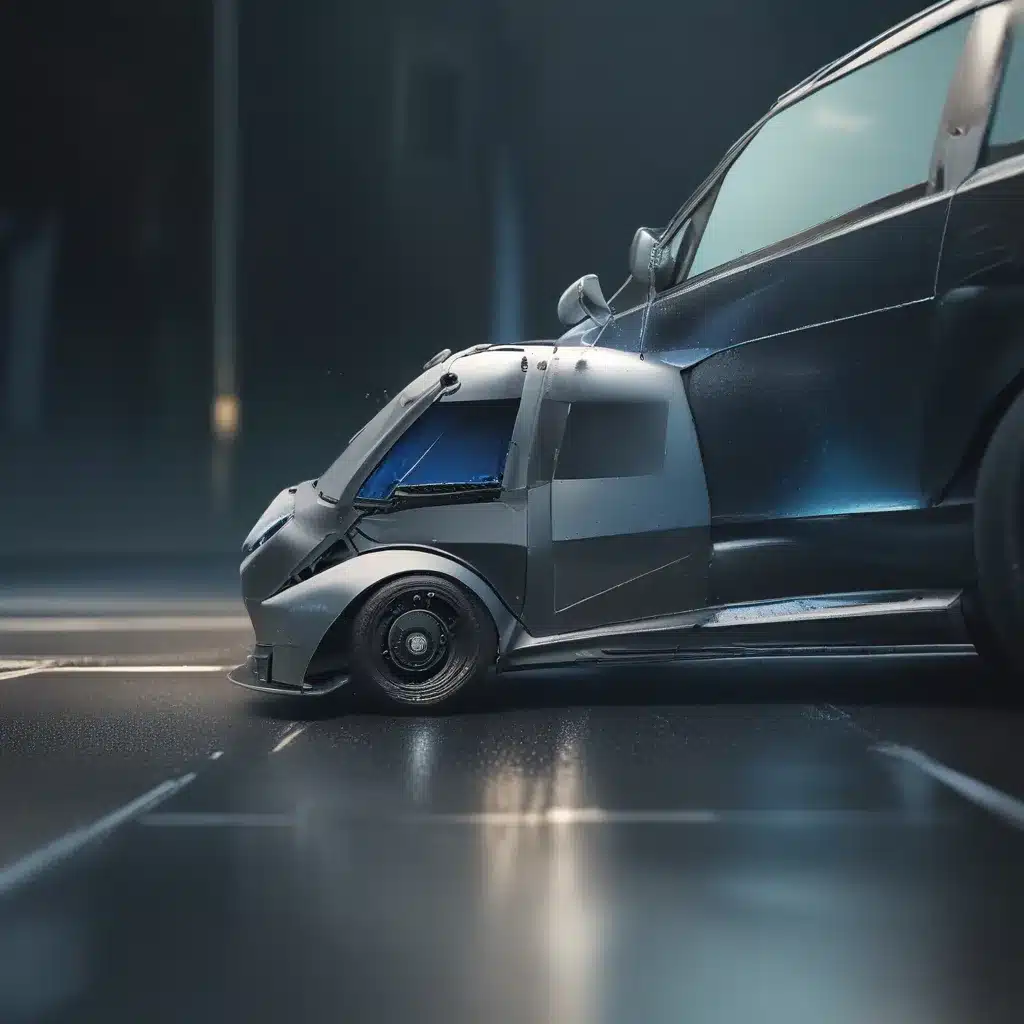A Glimpse Into the Future of Regenerative Medicine
I still remember the day my mother lost her breast to cancer. The impact it had on her physical and emotional well-being was truly devastating. As I watched her struggle to come to terms with the aftermath of her surgery, I couldn’t help but wonder if there was a better way – a way to restore what had been taken from her, to give her back a piece of herself.
Little did I know that the answer to my mother’s plight, and the plight of countless others facing similar challenges, would come in the form of a breakthrough in bioprinting technology. This revolutionary advancement is not only transforming the landscape of regenerative medicine but also holding the promise of a future where personalized, functional organs and body parts can be created on demand.
Bringing Organs to Life Through 3D Printing
Imagine a world where the need for donor organs is a thing of the past, where patients no longer have to endure the agonizing wait for a suitable match, and where the risk of rejection is minimized. This is the reality that the field of in situ bioprinting is working to make a reality.
As reported by Newswise, researchers at the University of Victoria in Canada have developed a groundbreaking, handheld in situ bioprinter that overcomes the limitations of previous models. This innovative device, with its user-friendly modular design, enables the printing of intricate biocompatible structures directly within the human body.
The key to this device’s versatility lies in its inclusion of multiple bioink cartridges, each operated independently through a pneumatic system. This feature grants the operator precise control over the printing mixture, simplifying the process of creating structures with desired properties. Furthermore, the device incorporates a cooling module and a light-emitting diode photocuring module, offering additional control over the printing process.
Personalized Organ Regeneration
One of the most exciting applications of this technology is its potential to revolutionize the field of breast reconstruction. As Professor Mohsen Akbari, the driving force behind this research, shared, the inspiration for this project stemmed from his own mother’s battle with breast cancer.
Recognizing the profound impact that the loss of her breast had on her well-being, Professor Akbari realized the potential of handheld bioprinting technology to develop personalized breast reconstruction implants that accurately match the size and shape of the patient’s tissue. This approach not only restores physical form but also has the potential to address the emotional and psychological trauma that often accompanies such a loss.
But the applications of this technology extend far beyond breast reconstruction. Professor Akbari emphasizes its suitability for repairing significant defects resulting from trauma, surgical procedures, or cancer, which often necessitate the creation of large-scale tissue constructs.
Revolutionizing Drug Delivery and Testing
In addition to its groundbreaking capabilities in organ and tissue regeneration, this portable bioprinter also holds immense promise in the realm of drug delivery and pharmaceutical research.
The operator of this device can fabricate scaffolds or structures designed to release precise quantities of drugs and cells at specific locations within the body. This approach has the potential to enhance drug efficacy, minimize associated side effects, and improve overall safety for patients.
Furthermore, the technology described in the research paper has the potential to expedite the discovery of new drugs by enabling scientists to develop more accurate and reliable drug testing models. As Newswise reports, the versatility of this bioprinter opens the door for numerous uses in regenerative medicine, pharmaceutical research, and the creation of tailor-made orthopedic devices and artificial body parts.
The Promise of Personalized Organ Transplants
The potential impact of this breakthrough in bioprinting technology is truly staggering. According to experts, the ability to 3D-print fully functional human organs has the potential to revolutionize the field of organ transplantation, providing a lifeline to millions of individuals around the world who are currently awaiting life-saving procedures.
The personalization aspect of these 3D-printed organs is particularly noteworthy, as it not only enhances compatibility but also mitigates the risk of rejection – a common challenge faced by recipients of traditional organ transplants. This tailored approach, combined with the efficient production process, could potentially eliminate the need for prolonged waiting periods that have plagued the current organ transplant system.
The Future is Bright
As we look to the future, the promise of personalized, on-demand organs shifting from science fiction to reality is truly remarkable. According to recent reports, the global market for bioprinting is expected to grow from an estimated $17 billion in 2021 to a staggering $53 billion by 2030, driven by the increasing demand for tissues and organs for transplantation, as well as the successful bioprinting and implantation of organs and tissues in animals.
This groundbreaking achievement in bioprinting technology not only signifies a significant stride in medical science but also highlights the transformative power of innovation. As the team at IT Fix continues to push the boundaries of what’s possible, I can’t help but feel a renewed sense of hope for the future – a future where my mother, and countless others like her, can reclaim their health and their sense of self.
The future of regenerative medicine is here, and it’s being written one 3D-printed organ at a time.

